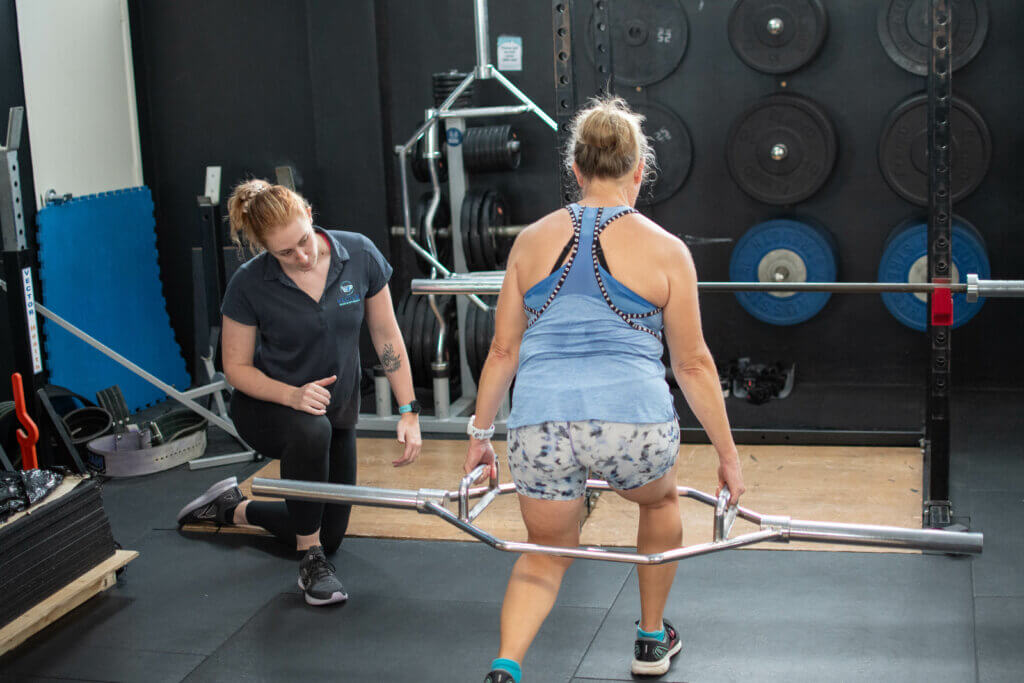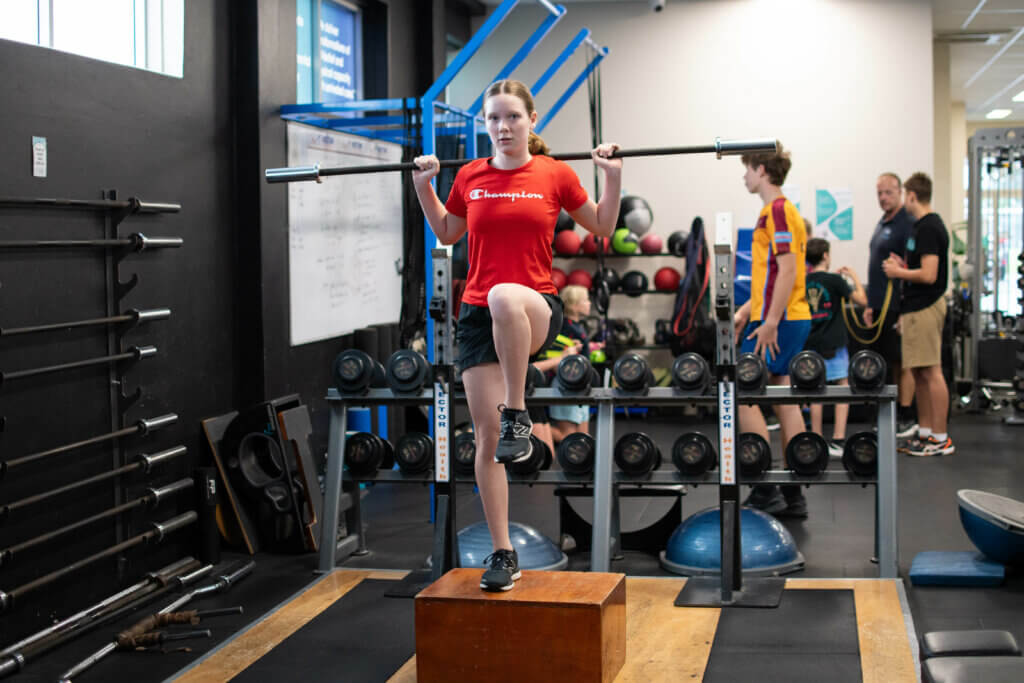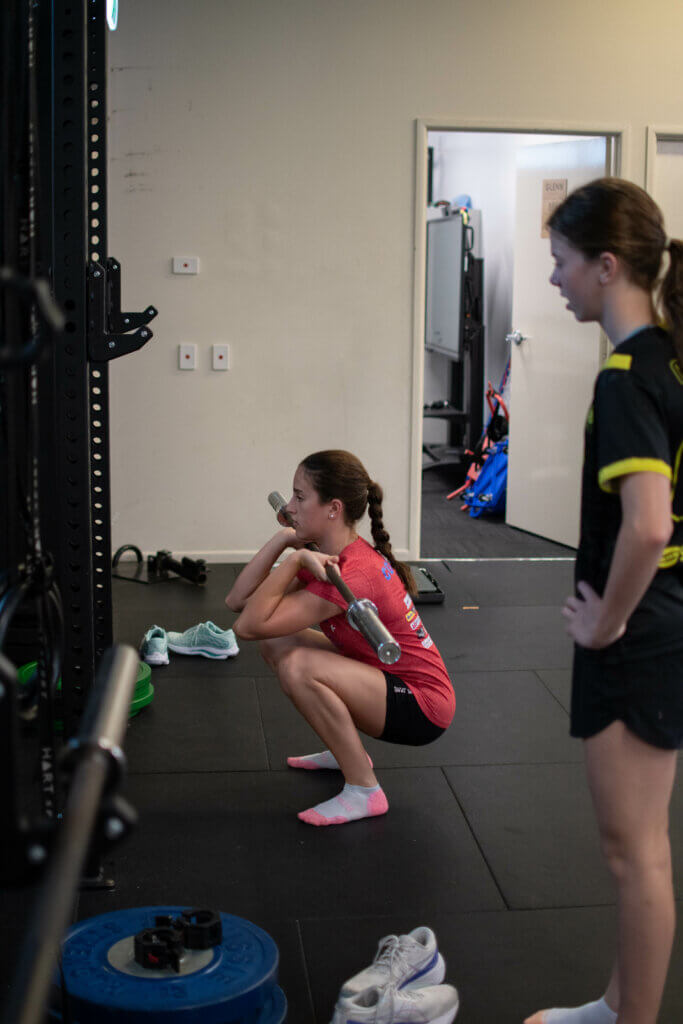Is it better to do a full squat or partial squat for jump performance?
During some recent reading, I came across this article of interest: Influence of Squatting Depth on Jumping Performance Author: Hartmann, H. (2012) Journal: Journal of Strength & Conditioning Research, 26, 3243. The study aimed to investigate and compare different squatting and jumping patterns to see what provided the best or most positive relationship with jump performance.

If you look at science of physical performance, there are so many articles compiled on the benefits of squatting when related to physical performance in sport. There is always conjecture when talking about “how deep should I squat” as there are mechanical factors and limb limitations that do exist sometimes, so a disclaimer to this evidence is that you have to do what is right for you. This is just a research study with some findings from the population who completed the study.
The study compared jumping performance when comparing partial squats, parallel squats and full squats. Partial is considered 45 degrees of knee flexion, parallel was considered 90 degrees and full squats were greater than 90 degrees of knee flexion.
What the study found was that athletes who performed full squats showed significant improvement in vertical jump height compared to those who performed partial or parallel squats.


This is why your strength and conditioning coach, or gym coach may ask you to “squat a little deeper” as this is one of a number of papers out there that talk about the benefit of a full squat. So, if you have limited time, the consensus from this research would be to do a full squat as they are more beneficial than a shallower squat.
